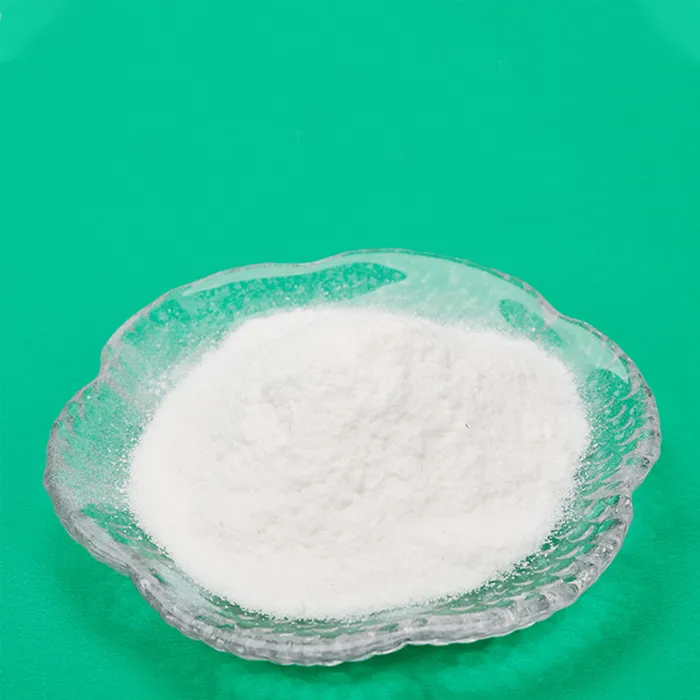Theobromine vs. Caffeine Structural Insights and Effects
Theobromine and caffeine are two well-known compounds belonging to the xanthine class of alkaloids. Both are found in various plants, particularly in cacao beans and coffee plants, respectively. Although they share some structural similarities, their chemical compositions, physiological effects, and roles in the human diet differ significantly. This article explores the structures of theobromine and caffeine, their respective effects on the human body, and their unique characteristics.
Structural Comparison
Theobromine (3,7-dimethylxanthine) and caffeine (1,3,7-trimethylxanthine) are very similar in structure, primarily differing by a single methyl group. Both compounds have a purine-like structure with a bicyclic ring system made up of a fused imidazole and pyrimidine ring. The structural formula of theobromine can be represented as C7H8N4O2, while caffeine has the formula C8H10N4O2.
The key difference lies in the number of methyl groups attached to the nitrogen atoms in their structures. Caffeine has three methyl groups attached, whereas theobromine has only two. The specific locations of these methyl groups also vary, influencing their molecular behavior and interaction with receptors within the human body. This structural distinction creates different pharmacological profiles, leading to varied effects on physiological functions.
Physiological Effects
Both theobromine and caffeine act as stimulants, but their effects can be quite different due to their structural variations. Caffeine is widely recognized for its psychoactive properties, primarily acting as a central nervous system stimulant. It blocks adenosine receptors, leading to increased neuronal firing, enhanced alertness, and improved mood. Many individuals consume caffeine in the form of coffee, tea, and energy drinks for its ability to increase wakefulness and concentration.
theobromine vs caffeine structure

In contrast, theobromine is less potent as a stimulant. While it can still stimulate the central nervous system, its effects are milder than those of caffeine. Theobromine primarily affects the body as a vasodilator, relaxing blood vessels and improving blood flow. It also has diuretic properties, promoting the excretion of urine, and its mood-enhancing effects can even contribute to feelings of happiness and well-being. These unique properties make theobromine a compound of interest in both dietary supplements and chocolate consumption.
Dietary Sources and Benefits
Caffeine is traditionally consumed in large quantities through coffee and tea, making it one of the most widely used psychoactive substances in the world. The health benefits associated with moderate caffeine intake include improved cognitive function, reduced risk of certain diseases, and enhanced physical performance. However, excessive consumption can lead to negative side effects such as anxiety, insomnia, and increased heart rate.
Theobromine, on the other hand, is primarily found in chocolate and cacao products. Dark chocolate, in particular, is a rich source of theobromine and offers several health benefits, including cardiovascular support, antioxidant properties, and potential mood-enhancing effects. Consuming chocolate can lead to a sense of pleasure, which is often attributed to both theobromine and other compounds, such as phenylethylamine.
Conclusion
In summary, the structural differences between theobromine and caffeine significantly influence their physiological effects and roles in human nutrition. While both are valuable stimulants, caffeine is recognized for its robust stimulating properties, whereas theobromine offers milder stimulation along with unique benefits such as vasodilation and enhanced mood. Understanding these differences helps individuals make informed choices about their consumption of these compounds in beverages and foods, contributing to a balanced and health-conscious lifestyle. Ultimately, both theobromine and caffeine play important roles in global dietary practices, each contributing uniquely to our well-being.

